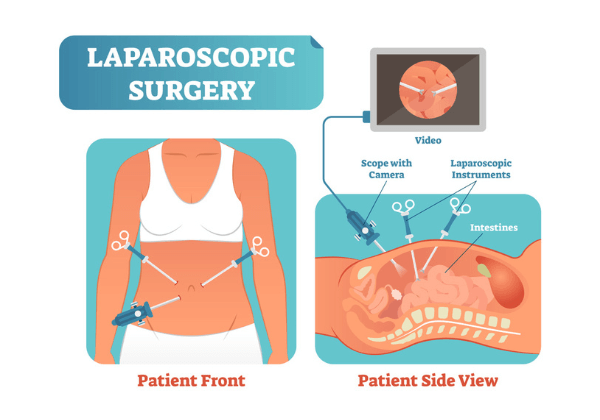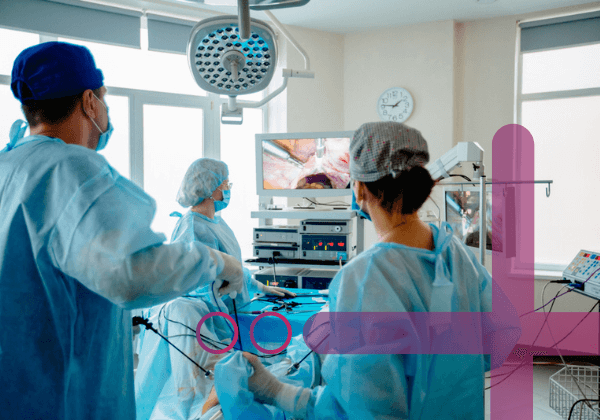Laparoscopy for Infertility

Laparoscopy is a minimally invasive surgical procedure applied to women who cannot have children to detect and treat the conditions causing infertility. It is a thin tube-like flexible device with a high-resolution camera and high-beam light attached to one end that allows a fertility doctor to see and examine all of the abdominal organs, including the uterus, fallopian tubes, and ovaries, located in the pelvis at the very bottom of the abdomen, and diagnose abnormalities that could interfere with a woman’s ability to conceive a pregnancy. Endometriosis, pelvic adhesions, ovarian cysts, and uterine fibroids are the most frequent conditions that lead to infertility.
Who Will Require Laparoscopy?
Couples who have completed basic infertility tests for ovarian reserve, ovulation, semen analysis for male, and hysterosalpingogram for female can go for laparoscopy for further treatment.
Also, when fertility doctors are suspicious about certain conditions that can be identified only through laparoscopy they suggest the same to their patients. For instance, if the doctors identify a history of ruptured appendix or severe pelvic infection in the patient, the chances of having pelvic adhesions are high in this case and hence a laparoscopic procedure is a must.
Some of the female reproductive disorders that can be detected and treated using laparoscopic surgery are:
- Ovarian conditions: persistent and large ovarian cysts can be identified and treated using a laparoscopic method.
- Uterus anomalies: The uterus is where the embryo is implanted. Women who have uterine fibroids or anatomical malformations in their uterus will have difficulty conceiving, but those problems can be diagnosed and treated with Laparoscopy.
- Scar tissue removal: Scar tissue can be formed in the reproductive system because of infections or previous surgery, which might hinder fertility. These scar tissues can be accurately identified and eliminated using Laparoscopy.
- Fallopian tube obstructions: The fallopian tubes enable gametes to move forward for fertilization to occur. To improve the chances of conception, blockages in these tubules should be cleared with Laparoscopy.
- Hydrosalpinx: is a condition when unusual fluid accumulates within the fallopian tube and causes damage. The tubes are clipped off using a laparoscopic method in such circumstances.
- Pelvic adhesion and Endometriosis: When the endometrium grow out of the uterus in women who have endometriosis. The pelvic organs and tissues stick together as a result of this. Laparoscopic surgery is used to treat endometriosis and remove adhesions.

After you’ve learned about the advantages of Laparoscopy, you should know that it can be used to treat both moderate and severe infertility issues. Operative laparoscopy performed before an IUI has also been shown to help many women conceive. Similarly, IVF performed following laparoscopic surgery has yielded improved results and has led to successful IVF pregnancy. Assisted reproduction techniques (ART) are an excellent way for infertile couples but adding a laparoscopic treatment to the latest ART treatments can increase pregnancy success by 20 to 25% and result in a healthy pregnancy.

